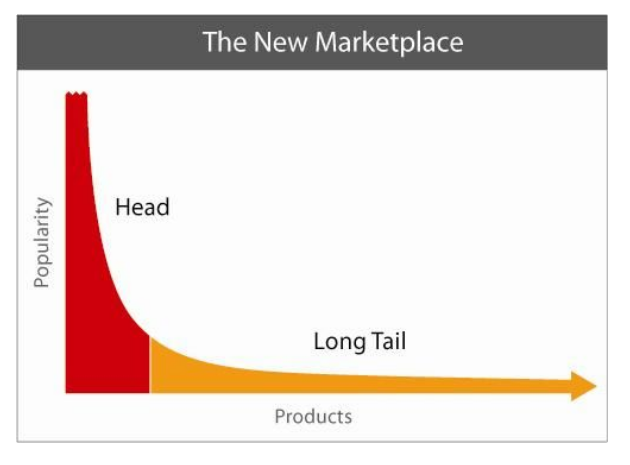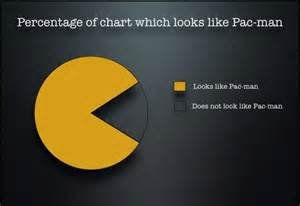The steemit landscape is ever shifting. I wanted to write a guide for anyone who wants a deeper understanding of the intricacy of the platform.
DISCLAIMER: there might be errors in this article, do your own due diligence and verify the information.
Please hit me with any corrections that are needed.
This post draws on:
The White Paper: An incentivized, blockchain-based social media platform,
by Daniel Larimer, Ned Scott, Valentine Zavgorodnev, Benjamin Johnson, James Calfee, Michael Vandeberg
The platform is evolving. Some of the changes made can be found here:
Steem 0.8.0 Released
Steem 0.12.0 Released

This is the first instalment of three. I hope it is of use.
Steemit is...
Steemit is described as an incentivised social media platform, essentially Reddit with money. You can get paid for making posts, comments, or by identifying good content on the site. You can also contribute to the site by investing. It is possible to pay people for these activities because they add value to the site, and the Steemit platform is designed to distribute this added value. Everyone's meaningful contribution should be recognised for the value it adds. Contributions are incentiveised in proportion to the perceived value of their contribution. Steem summates community votes as a method of reaching consensus on what is considered of greatest value. The aim of Steemit is to support community building and social interactions with rewards.
Who is paying for the party?
Steemit is a way to monetise work without needing ads; instead work is recognized by the Steemit community and rewarded. Yes, getting paid for content and curation sounds too good to be true. Who's paying for the party? A large part of the value of social media platforms such as Facebook, Twitter, and Reddit is generated by the content users create for free. Typically this added value goes to the site owners. Instead Steemit distributes the value added to the site by rewarding users in proportion to their contribution. Every year 10% of the market capitalization of Steem is distributed to users submitting, voting on, and discussing content.

The currency
Steem the blockchain has three "currencies": Steem, Steem Dollars and Steem Power
- Steem:think of this as a commodity such as gold. Steem is a freely transferrable currency (which you can buy on Bittrex or Blocktrades).
- Steem Dollars (SMD): think of this as a currency, such as the Dollar. This is Steem without the market volatility of Steem. It is Steem pegged to the US Dollar. 1 Steem Dollar will be worth approximately 1 US Dollar. You can buy/sell Steem Dollars for Steem on exchanges. If all goes well, direct uses for Steem Dollars should emerge that let you buy services/products for Steem Dollars.
- Steem Power (SP): think of this as a bond or long term investment. Steem Power determines your voting power when voting for posts/comments.
Steem can be instantly converted to Steem Power in a process called Power Up. Stem Power can be converted to Steem in a process called Powering Down. Powering down gives you Steem in equal weekly payments over 2 years. It takes a week to convert Steem Dollars to Steem.
Curation awards are paid in Steem Power. Awards for posts and comments are paid 50% in Steem Dollar (SMD) and 50% in Steem Power (SP).

Design by @spectral
Influence and investment
The platform does not follow the principle of one user one vote as it is felt this can lead to abuse. Those who contribute and build reputation (who are invested in the long-term health of the site) have more influence. There are two ways you can become invested in Steem, buy in or work in. You can buy in by purchasing Steem, or you can work to add value to the site content and get awarded Steem.
Voting is weighted proportional to each individual's vested interest,that is, the Steem Power they hold. In addition those who hold more Steem Power have more greater earning powers than those who do not. Steem Power holders have a vested interest in the quality of the content as it impacts on their investment. Their investment lives or dies with the success of Steem. Because of this greater level of investment, the curation rewards they receive are proportionate to their vested interest. Those with little invested have little to lose by engaging in haphazard content curation.
You will hear the terms: Whales (lots of SP), dolphins (a reasonable amount of (SP), and minnows (little SP). Check out Who are YOU in the Steemit Economy? @by Contda for a review of the ecosystem and characteristic behaviours.

Transparent rewarding of those who add value
Steemit affords all members the opportunity to work. It aims to have a transparent reward system that consistently reflects the value of each persons contributions. The Steemit White Paper states that nothing should be paid speculatively on the promise to do work in the future. The challenge is how to judge the relative quality of work and allocate rewards accordingly. What has value is a subjective determination. The solution is to use free market forces, that is, the community's votes (popularity) as the measure of value.
Figure 1 below illustrates that the most popular posts receive a large proportion of the rewards (the head), but also, post that do not receive a large proportion of the votes still receive something (the tail). While some will feel this curve is excessively steep at the head, it is based on Zipf's law which describes many real-world phenomena, and is fitted here to determine the relationship between popularity (an estimation of value) and the reward. It can be argued that by utilising the distribution patterns of real world phenomena the platform can more effectively respond to voting trends.

This figure 1. The distribution of rewards based on the proportion of votes received.
There are a number of ways to earn rewards. Ideally, anyone who contributes something will be reward proportionate to it's perceived value. Creating a post that others upvote is rewarded. Making a comment that is upvoted is rewarded. This has the effect of rewarding people for engaging in conversation. (Note: “Comments no longer share their payouts with the parent comment. We reversed the direction of flow, top level posts now share rewards with comments”, Steem 0.8.0 Released). A post may have no value, but a comment can be made and upvoted and have value. The parent post does not share in the comments value. However, if the if the parent post has value the comment will receive it's upvote value in addition to a share of a discussion reward.
Content without curation is of limited value. Steemit pays people to figure out who should be paid, a curation award. Steem rewards users who are among the first to find and upvote to new content. However, “If you vote immediately after a post is made, then 99.94% of the curation reward will go to the author. If you vote after 15 minutes, then 50% will go to the author. Any votes made 30 minutes or later 100% will go to the curator.” In Steem 0.8.0 Released

The weighting of your upvote and your potential curation earning is proportionate to your investment, I.e. the amount of Steem Power you have. It costs you nothing to vote, however, there is parameter referred to as “voting power”. The rough guide is to vote 20 times over the course of a day. More than this and your voting power begins to decrease, which deceases the weight of your vote and your potential to earn curation rewards.
“After the first payout on a post is made it is possible for additional payouts to be made if more votes come in later. These “late votes” will no longer qualify for curation rewards.” Steem 0.8.0 Released
For a post, at least 75% of the rewards always go to the author, the other 25% is divided between the author, the curators and the commenters.
Getting paid - How exactly is the reward a post receives calculated?
To distribute rewards the work is ranked and the rewards are distributed proportionally. My understanding is: there is a certain amount of money that is given out every period. If a person votes for a post their steem power is multiple by their voting power to calculate their vote contribution. All individual votes contributions for a post are added together. This figure is then squared. We can call this the “steem power vote”. There is a certain amount of money to be divided between all posts within a 12 hour period. The author's award is based on the size of “steem power vote” relative to the total amount of “steem power votes”.
As stated, payout is proportionate to the number of votes (in steem power) received squared. This is a critical component of the process. It means that if I get 5 votes and you get 2 votes, I receive 25 parts (5 squared) and you receive 4 parts (2 squared) of the pie. As a result you need a large amount of votes to get rewarded, meaning there needs to be consensus, users are encouraged to cooperated and vote for the same things. This has the effect of making it harder for groups of individuals to manipulate the platform with collusion.
There is a nice summary article by @theoretical that explores some of these issues. How much Steem Power makes an upvote worth $1.00?

Payouts occur after 12 hour (previously 24 hour) from when a post was made. However, votes extend the payout period in proportion to how large they are relative to all votes that have gone before. Many post will still take over 24 hours to payout from the time it is posted. All comments will be paid out at the same time as the parent post and all votes on replies count toward extending the parent posts’ payout time. The purpose of reducing the payout period from 24 to 12 hours is to cause content on the “trending” page to rotate faster
For 30 days after the first payout a post can still accumulate votes. After 30 days a final payout is made. Currently, edits will not be possible after the first payout but this will change in the future. After the second payout the thread will be locked, the author will be able to make adjustments to the post, but commenting on the post will not be possible. This restriction is for technical reasons.
For posts and comments, half the payouts are paid in steem dollars, and half in steem power. However, curation payouts are solely in Steem power.
This is the first instalment of three.
In the next instalment I will talk about how devious behaviour goes unrewarded, and is thus discouraged, and discuss the arms race between the developers and those who seek to game the system.
